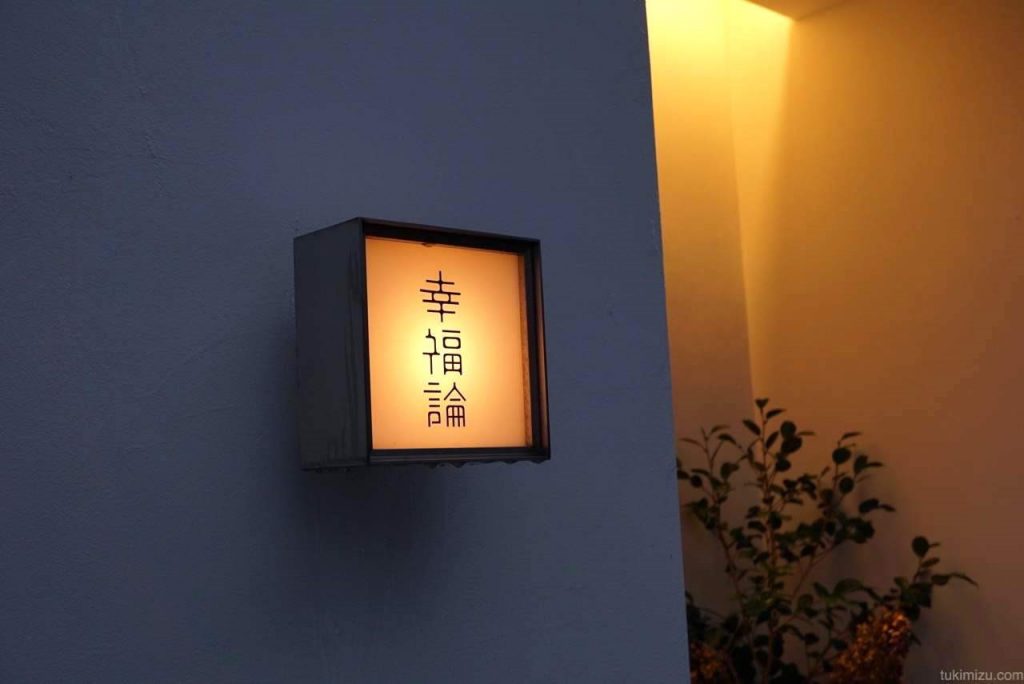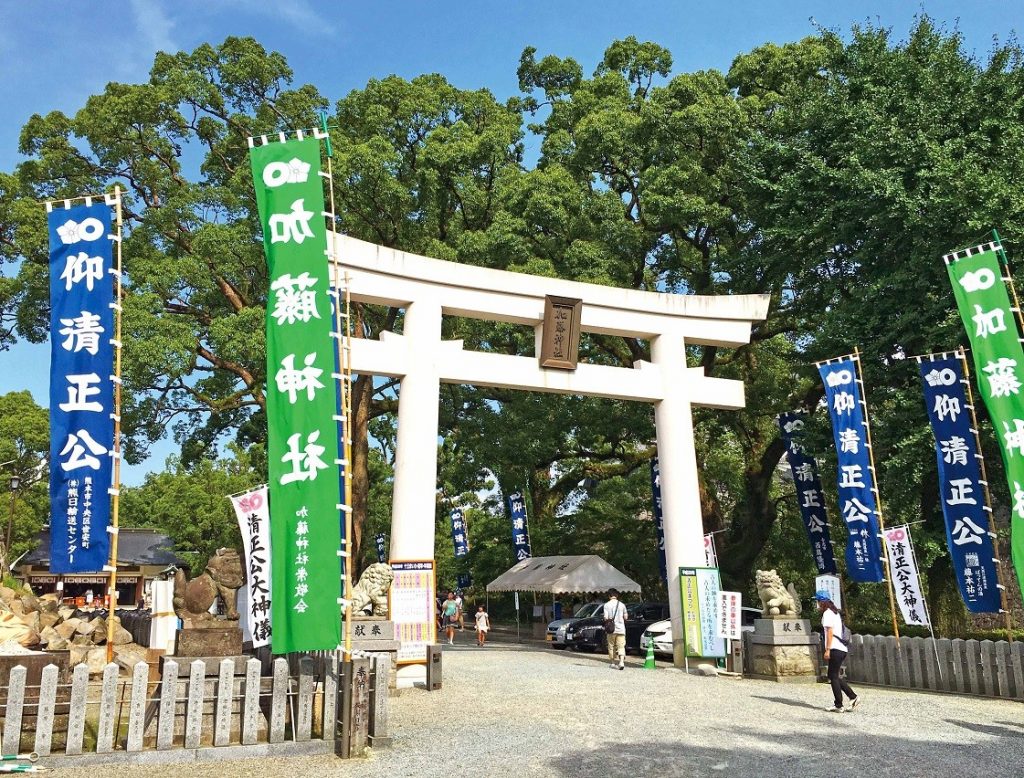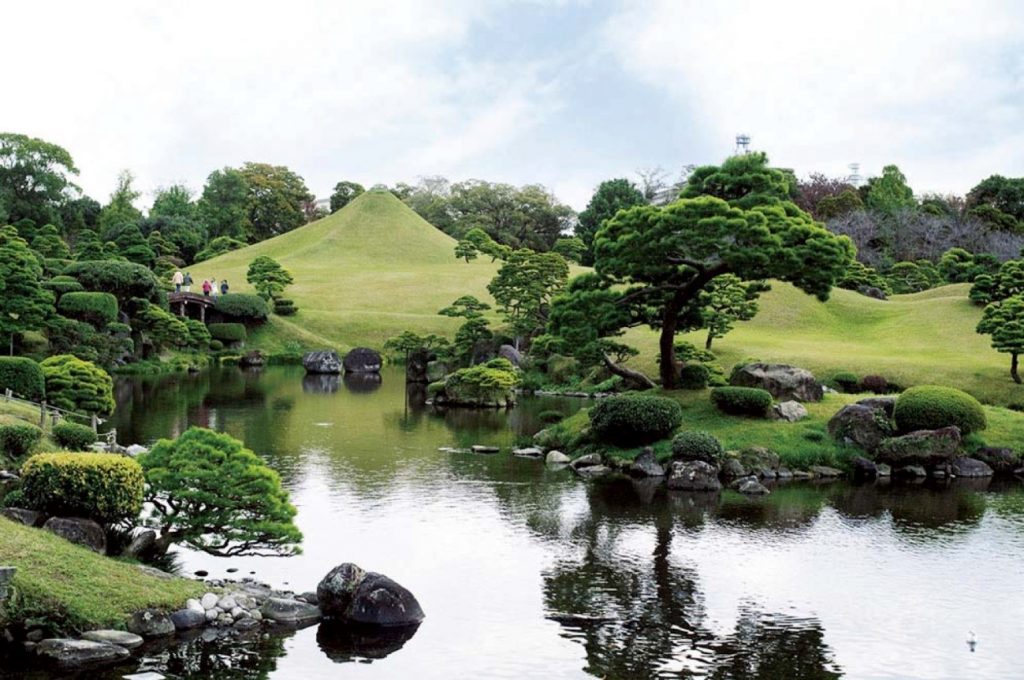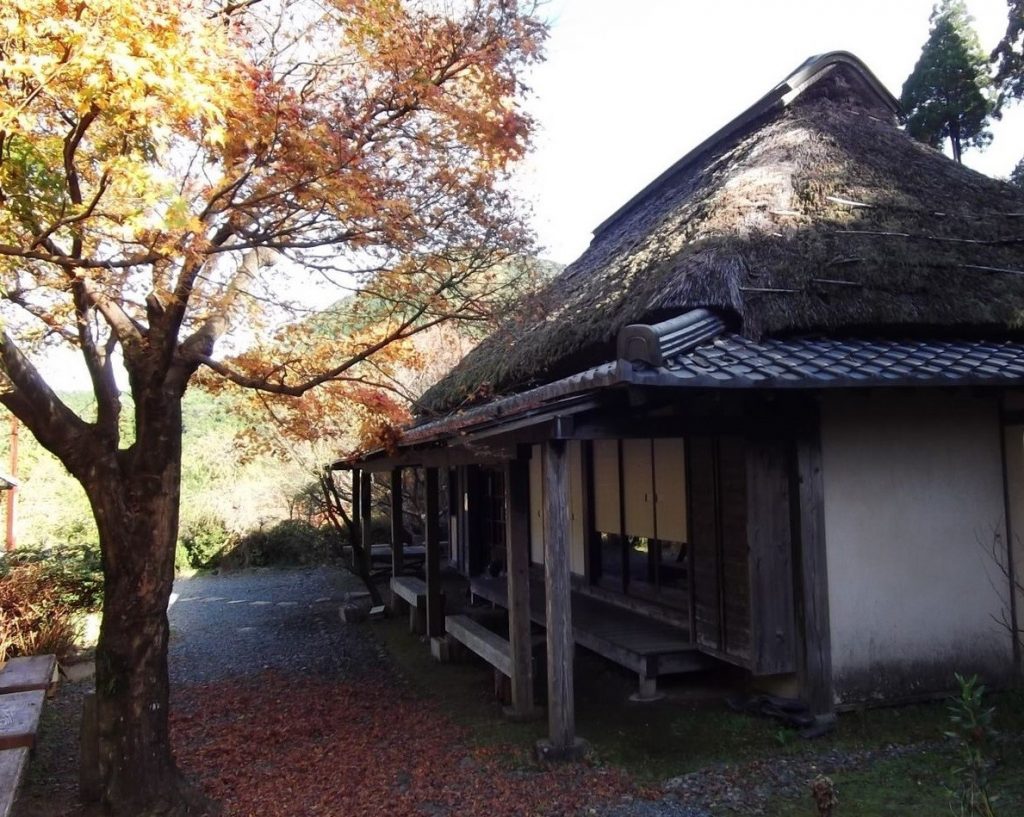A white, modern-looking single-story abode off one street from Main Street (Ohdohri), this establishment offers counter seating and tables. Known for its kaiseki cuisine, the interior is elegant and stunning. We recommend sitting at the counter, watching the chef prepare each dish in front of you. Notice his hands as they slice, carve, and place each item onto the plate. His seriousness will inspire you. These elements alone will whet your appetite. Every dish is of superior quality, flavored to perfection. The appetizer is a work of particular beauty; each dish is art. The name, Kofuku-ron translates to theory of happiness, and everything you eat is just that. You will leave here having experienced happiness available in few other restaurants.
The City to Encounter Wine: Kumamoto Our recommendations
01Kofuku-ron in Shin-yashiki

02Kofuku-ron in Shin-yashiki

A shrine on the premises of Kumamoto Castle, this shrine honors Kato Kiyomasa. The shrine was built in Meiji 4 (1871) but was originally constructed as a mausoleum to Kato Kiyomasa in Keicho 16 (1614). One of the few locations from which to currently (2018) observe Kumamoto Castle (many areas are closed off after the earthquake of 2017 led to extensive damage of the compound) we highly recommend seeing the grounds from here. Kumamoto Castle at sunrise is particularly spectacular.
03Kumamoto Wine: World Bar Kumamoto

Kumamoto’s first experiential winery. Tours are available for free to view locally grown grapes, bottling lines, and an underground cellar. The gift shop offers wine glasses and tumblers, cheeses and sausages that pair well with the wines. Also available are wine cakes and wine gelato. Wine tasting available free of charge.
04Marriyell Shinsuien: Restaurant Le Quatre

This 300-year old garden located on grounds approximately 15,000 square meters is a Momoyama-style chisen-kaiyushiki garden with a pond in the middle and walking paths surrounding the pond. Also on the premises is Marriyell Shinsuien, a wedding chapel built in a modern architectural style. The restaurant inside Marriyell Shinsuien is a popular spot for wedding receptions but it is also known as a French restaurant for residents and tourists alike who want to view the expansive garden. Local produce is transported into exquisite French cuisine here, and meals are eaten with chopsticks—French-Japanese fusion—and the sommelier will select for you the perfect wine for the meal and season out of the 600-bottle wine cellar.
05Suisenji Joju-en

Just as famous as Kumamoto Castle, this park in Kumamoto is a well-known must-see spot. The Momoyama-style chisen-kaiyushiki garden with a pond in the middle and walking paths surrounding the pond covers 73,000 square meters and has been a favorite for Kumamoto residents for hundreds of years. The park originated with a teahouse, Suisenji-chaya, in Kan’ei 9 [1632] built by the first lord of the region, Hosokawa Tadatoshi. The third lord of the region, Hosokawa Tsunatoshi combined the teahouse with the surrounding land and led to the park as you see it today.
Water from Mt. Aso, through a subterranean river flows into the pond in the garden and throughout the garden are mounds, carved shrubs and pines, and manicured lawns said to depict the famous 53 Tokaido stops.
On the north side of the park is Izumi Shrine where many of the Hosokawa-clan lords are buried, and the Kokidenju-no-ma, a built in Kyoto over 400 years ago was given to the Hosokawa family and relocated here in 1912. Located alongside the pond is today it is used as a teahouse where Japanese tea and sweets are served.
06Tohge no Chaya Koen and Resource Center

Torikoshi Pass, known for the route the famous Natsume Soseki traveled, is on a very curvy Route 1 in Kumamoto. A teahouse from this region and route is mentioned in Natsume Soseki’s novel, Grass Pillow. This teahouse was created with period construction, resurrecting what Natsume Soseki would have seen in his travels and today is used as a resource center showcasing the author’s works.
07YOKOBACHI

Kumamoto’s local cuisine can be enjoyed here, right off Kaminoura-dori in downtown Kumamoto. The décor is reminiscent of early Showa era [1940s] with an open design highlighting tables facing the inner courtyard, and others in the corner of the garden. An evening spent here will be memorable. Recommended dishes are the mustard-filled lotus root and the Szechuan-style hotpots. For the brave at heart, try the horse sashimi. Yes, it’s what you think: raw horsemeat. Surprisingly sweet, soft, and delicate, this is a dish you’ll never forget.
08Wa Collection: Mito

Mito is a shop renting kimonos and Japanese accessories. Borrow in the morning and return in the evening, here you can experience a different style of Kumamoto—wearing kimono. There are over 100 styles of kimono and 300 styles of yukata to choose from. Small handbags, obi, and zori are also plentiful, ranging around 200 items. Let the staff help you choose. They will help dress you into the kimono or yukata. The obi will stay in place all day.Rental fees start at 2400 yen for yukata and 2600 yen for kimono. You can also have your photograph taken. Rentals for men and children are available as well.
The information contained here is from August 2018




